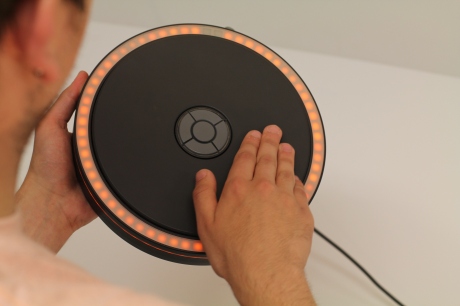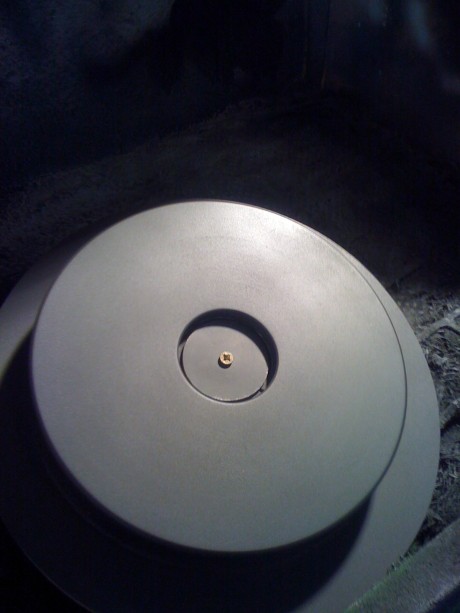My degree has come to an end and the show has gone down really well. Sol is getting a great amount of online attention and interest from a few individuals.
As it stands, the model does very little so I had to make a demo video that shows how it will eventually work. The video is a complex series of button presses done in time with a pre-prepared track and LED animations. I insisted on doing this in one take which was a tedious but rewarding pursuit!
The next phase of this project will be to develop the software side of things in PureData and have Sol communicating with it over USB. This will allow me to refine the functions and workflow and get a few units out for testing. If all goes well I hope to eventually have the device working independently, without any external hardware. By incorporating serial communication over USB Sol could also be used as a controller for production software or digital DJing.






















